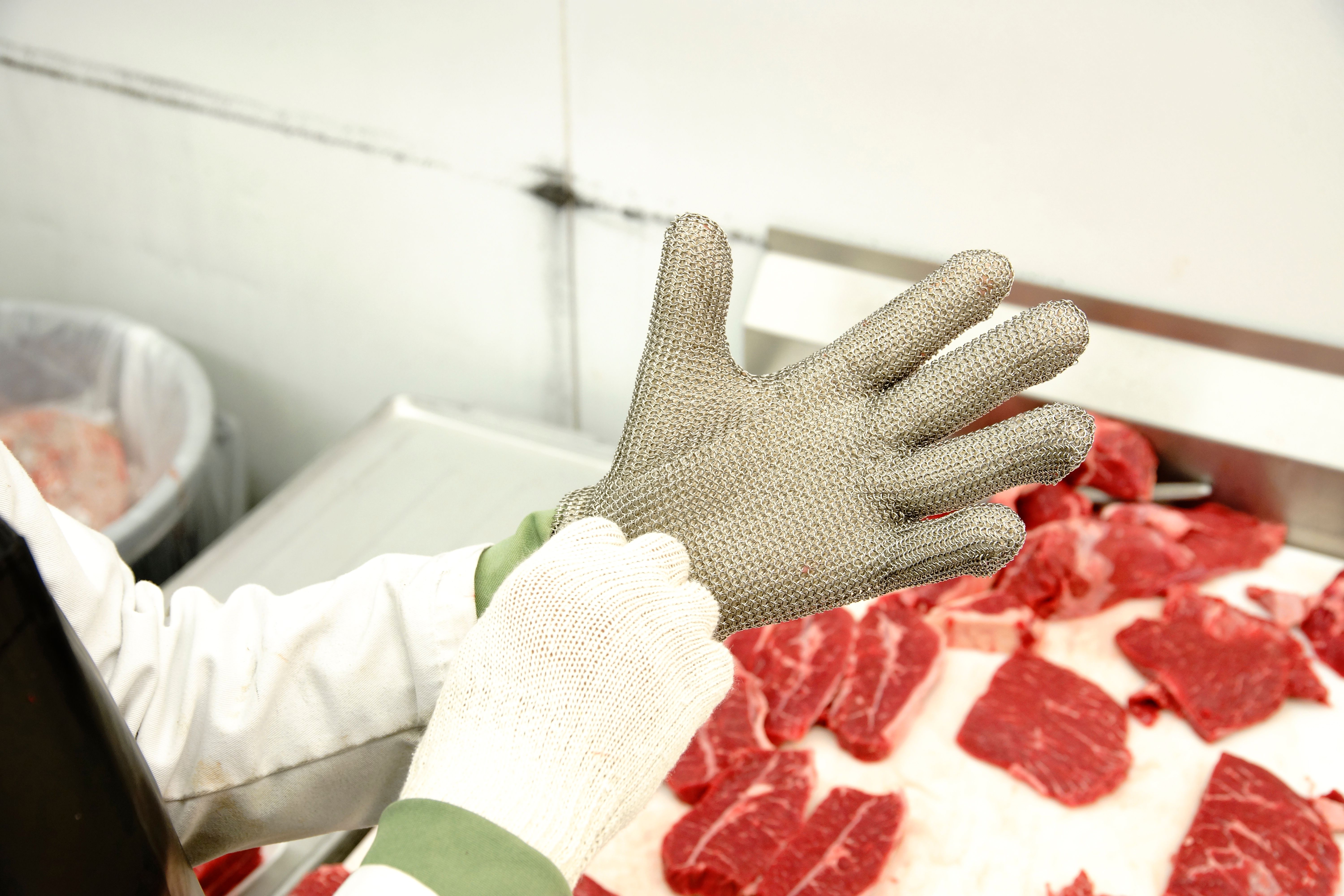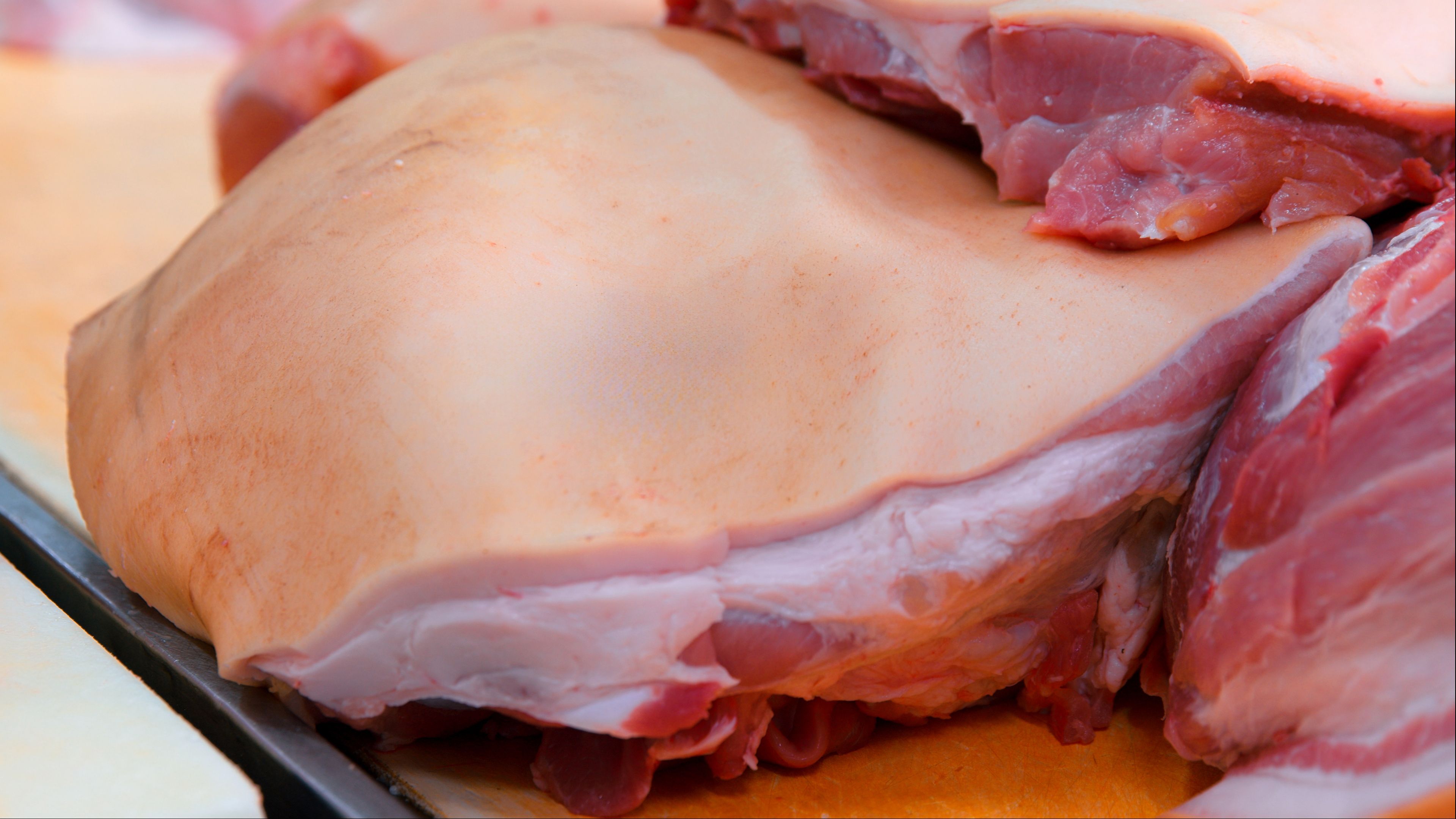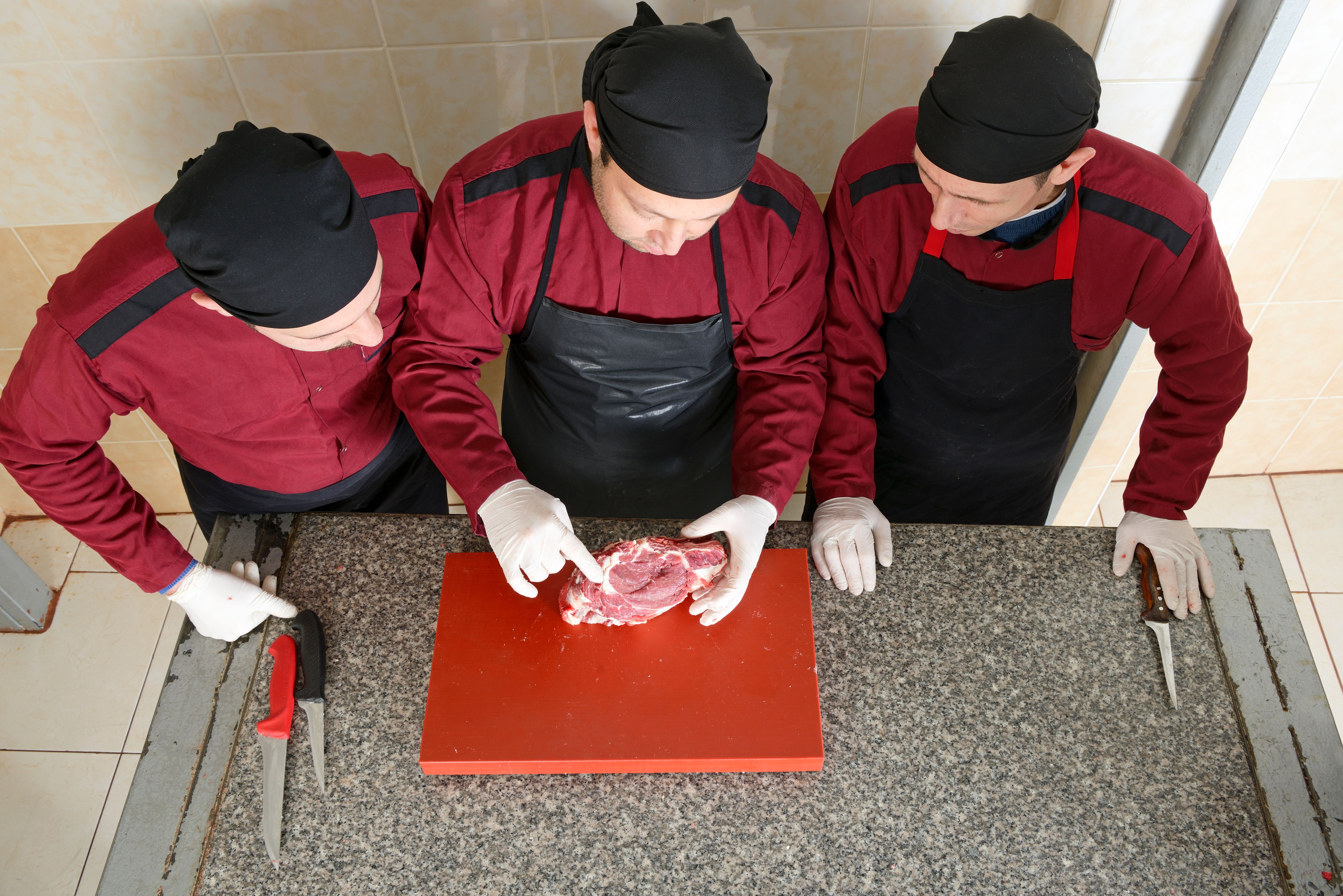Essential Protection: The Role of Cut-Resistant Gloves in Butchery
Understanding the Importance of Cut-Resistant Gloves
In the world of butchery, where precision and safety are paramount, using the right protective gear is crucial. Among these, cut-resistant gloves play a vital role in ensuring the safety of butchers as they work with sharp tools and machinery. These gloves are specially designed to provide a barrier against cuts and lacerations, which are common hazards in this profession.
The primary function of cut-resistant gloves is to safeguard the hands from potential injuries while allowing butchers to maintain dexterity and control. This delicate balance between protection and functionality is what makes them an essential part of a butcher's toolkit.

Features of Effective Cut-Resistant Gloves
When selecting cut-resistant gloves, it's important to consider several key features that enhance their effectiveness. Here are some factors to keep in mind:
- Material: High-quality gloves are often made from materials like Kevlar, Dyneema, or stainless steel mesh, which provide excellent protection against sharp blades.
- Comfort: The gloves should fit snugly and be comfortable to wear for extended periods without causing hand fatigue.
- Grip: A good pair of gloves should offer a firm grip, preventing slippage when handling meat and tools.
By considering these features, butchers can choose gloves that not only protect but also enhance their efficiency in the workplace.
The Role of Cut-Resistant Gloves in Enhancing Safety
Safety is the number one priority in any butchery operation. Cut-resistant gloves are a critical component in minimizing the risk of accidents. They serve as the first line of defense against unexpected slips and cuts from knives and other sharp instruments.
Beyond personal safety, using appropriate gloves also contributes to maintaining hygiene standards. Gloves prevent direct contact with meat, reducing the risk of contamination and ensuring compliance with health regulations.

Caring for Your Cut-Resistant Gloves
To ensure that cut-resistant gloves remain effective over time, proper care and maintenance are essential. Regularly inspect the gloves for signs of wear and tear, such as fraying or holes, which can compromise their protective capabilities.
It's also important to clean the gloves according to the manufacturer's instructions. This not only extends their lifespan but also helps maintain hygiene standards in the butchery environment.
Training and Awareness: Complementary Safety Measures
While cut-resistant gloves provide significant protection, they should be part of a comprehensive safety strategy that includes training and awareness. Butchers should be trained in proper knife handling techniques and encouraged to stay alert to potential hazards at all times.
Workshops and safety drills can reinforce the importance of using protective gear and adhering to safety protocols. This holistic approach ensures that safety becomes a shared responsibility among all staff members.

Conclusion: Investing in Safety for Long-Term Benefits
Investing in high-quality cut-resistant gloves is a step towards ensuring a safer working environment in butcheries. These gloves not only protect employees from injury but also contribute to maintaining high hygiene standards and productivity levels.
By prioritizing safety gear and incorporating regular training, butcheries can create a culture of safety that benefits both employees and customers alike. In this way, cut-resistant gloves become an essential part of a larger commitment to excellence in the industry.
Commercial Kitchen Marketplace
Your one-stop online destination for equipping professional kitchens. Discover a wide selection of durable, high-quality commercial-grade appliances, from heavy-duty ovens and refrigeration units to efficient food preparation tools and essential kitchenware. Visit our store: http://avice.org
